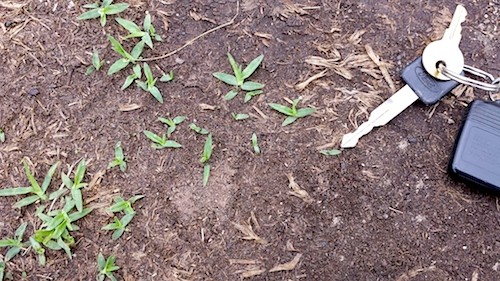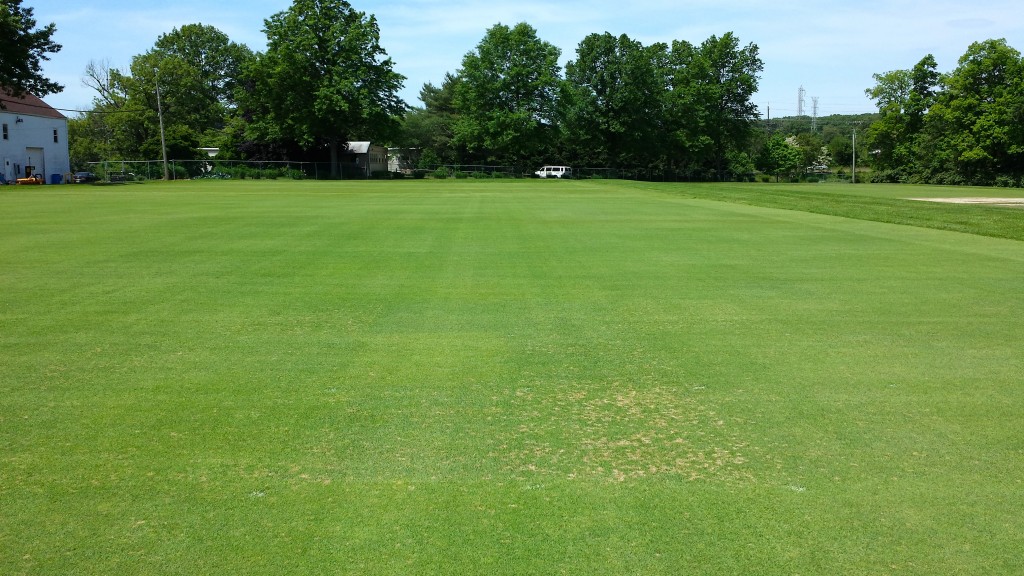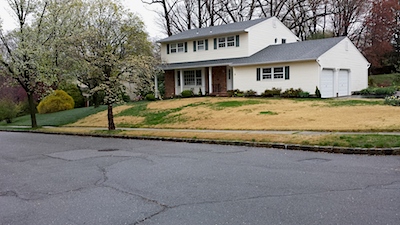As stated in an early post, summer stress is developing throughout the state. Summer stress isn’t widespread or severe but it is developing, particularly wilt stress, within very localized areas of many landscapes. Landscapes that receive little to no irrigation are especially prone to wilt and drought stress right now.
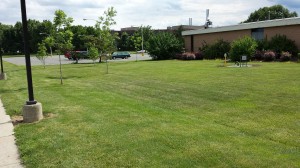
6-22: Symptoms of subtle wilt stress. Healthy turf will likely to tolerate this level of wilt stress.
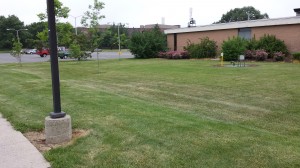
6-25: More advanced symptoms of wilt stress. Suspend mowing until rain or irrigation restores soil water.
[Read more…]
